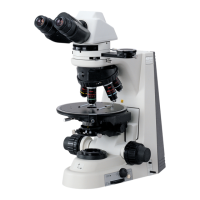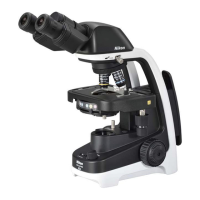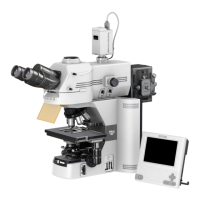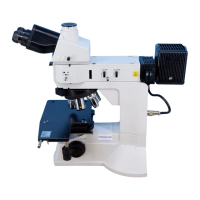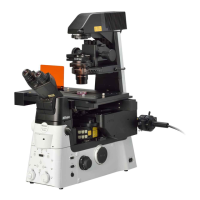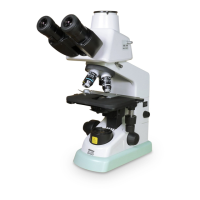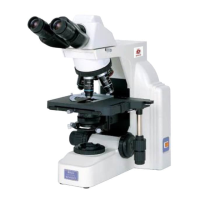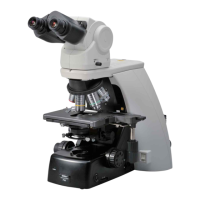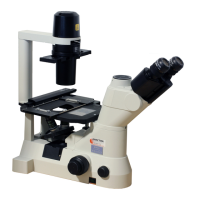How to fix field of view vignetting in Nikon Microscope?
- CcmonroeSep 10, 2025
If the field of view in your Nikon Microscope is vignetting, make sure all parts (nosepiece, condenser, etc.) are installed correctly. Ensure movable parts are properly switched until you feel resistance. Focus and center the condenser, and ensure the field diaphragm is slightly wider than the field of view. Also, check for and clean any dirt or dust on the lens and container.



